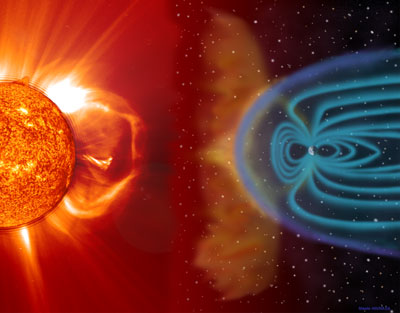Here is the article written by Jason Goldberg, founder of Fab.com.
Description
SiRFstarIV GSD4t is the first generation of the SiRFstarIV architecture. Optimised for size-constrained applications, it uses a host CPU to run the navigation libraries. Product manufacturers benefit from significant power consumption improvements, small package size, ease of integration and low-cost implementation.
A GSD4t solution comprises a GSD4t hardware implementation with SiRFHost™ software running on a host CPU. GSD4t includes an internal satellite signal tracking engine to provide highly accurate GPS measurements. Data buffering and queuing eliminates the need for a high-rate GPS interrupt, allowing the GSD4t Host Interface to run at low clock speeds with a very small host memory footprint.

